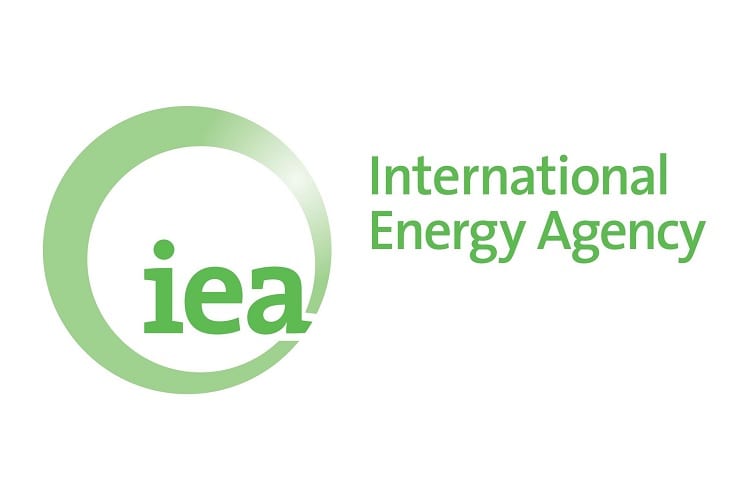The International Energy Agency warned that oil prices could break out above $80 a barrel unless other producers act to offset deepening supply losses in Iran and Venezuela, Bloomberg reports.
Iranian crude exports have fallen significantly before U.S. sanctions even take effect, the IEA said in a monthly report. The Middle Eastern nation will face further pressure in coming months and the economic crisis in Venezuela is pushing output there to the lowest in decades. It’s uncertain whether Saudi Arabia and other producers will fill any shortfall, or how far they’re able to, the agency said.
“Things are tightening up,” said the Paris-based IEA, which advises most major economies on energy policy. “If Venezuelan and Iranian exports do continue to fall, markets could tighten and oil prices could rise” unless there are offsetting production increases elsewhere, it said.
Oil climbed to a three-month high above $80 a barrel in London on Wednesday as fears of a supply crunch eclipsed concern about the risks to demand such as the U.S.-China trade dispute. While the Organization of Petroleum Exporting Countries and allies including Russia pledged to boost supply, the IEA said it remains to be seen how much will be delivered.
Saudi Arabia lifted output by 70,000 barrels a day to 10.42 million last month, but that remains “some distance from the 11 million barrels a day level that Saudi officials initially suggested was on the way,” the IEA said.
The International Energy Agency warned that oil prices could break out above $80 a barrel unless other producers act to offset deepening supply losses in Iran and Venezuela.
Iranian crude exports have fallen significantly before U.S. sanctions even take effect, the IEA said in a monthly report. The Middle Eastern nation will face further pressure in coming months and the economic crisis in Venezuela is pushing output there to the lowest in decades. It’s uncertain whether Saudi Arabia and other producers will fill any shortfall, or how far they’re able to, the agency said.
“Things are tightening up,” said the Paris-based IEA, which advises most major economies on energy policy. “If Venezuelan and Iranian exports do continue to fall, markets could tighten and oil prices could rise” unless there are offsetting production increases elsewhere, it said.
Oil climbed to a three-month high above $80 a barrel in London on Wednesday as fears of a supply crunch eclipsed concern about the risks to demand such as the U.S.-China trade dispute. While the Organization of Petroleum Exporting Countries and allies including Russia pledged to boost supply, the IEA said it remains to be seen how much will be delivered.
Saudi Arabia lifted output by 70,000 barrels a day to 10.42 million last month, but that remains “some distance from the 11 million barrels a day level that Saudi officials initially suggested was on the way,” the IEA said.
While the agency warned that “there is a risk to the 2019 outlook” for demand from challenges in emerging markets such as currency depreciation and trade disputes, it kept forecasts for consumption unchanged.
In the meantime, supply risks dominate. Oil inventories in developed economies are already below-average and will decline further in the fourth quarter, the IEA predicted.
Venezuela, which is pumping at just half the rate it managed in early 2016, could see its output slump another 19 percent to 1 million barrels a day this year as infrastructure deteriorates and workers flee, the agency predicted.
Iranian production has already fallen to the lowest since July 2016, at 3.63 million barrels a day, as buyers retreat ahead of U.S. sanctions that come into force on Nov. 4.
Although Russia, Saudi Arabia and other Gulf members of OPEC promised to bolster production by about 1 million barrels a day, the IEA remained cautious on whether the full amount would be delivered. It’s unclear how quickly OPEC’s spare capacity, which stands at about 2.7 million barrels a day, can be activated, it said.
“We are entering a very crucial period for the oil market,” which could push prices out of the $70-to-$80 a barrel range seen in the past few months, the IEA said. (Bloomberg)



